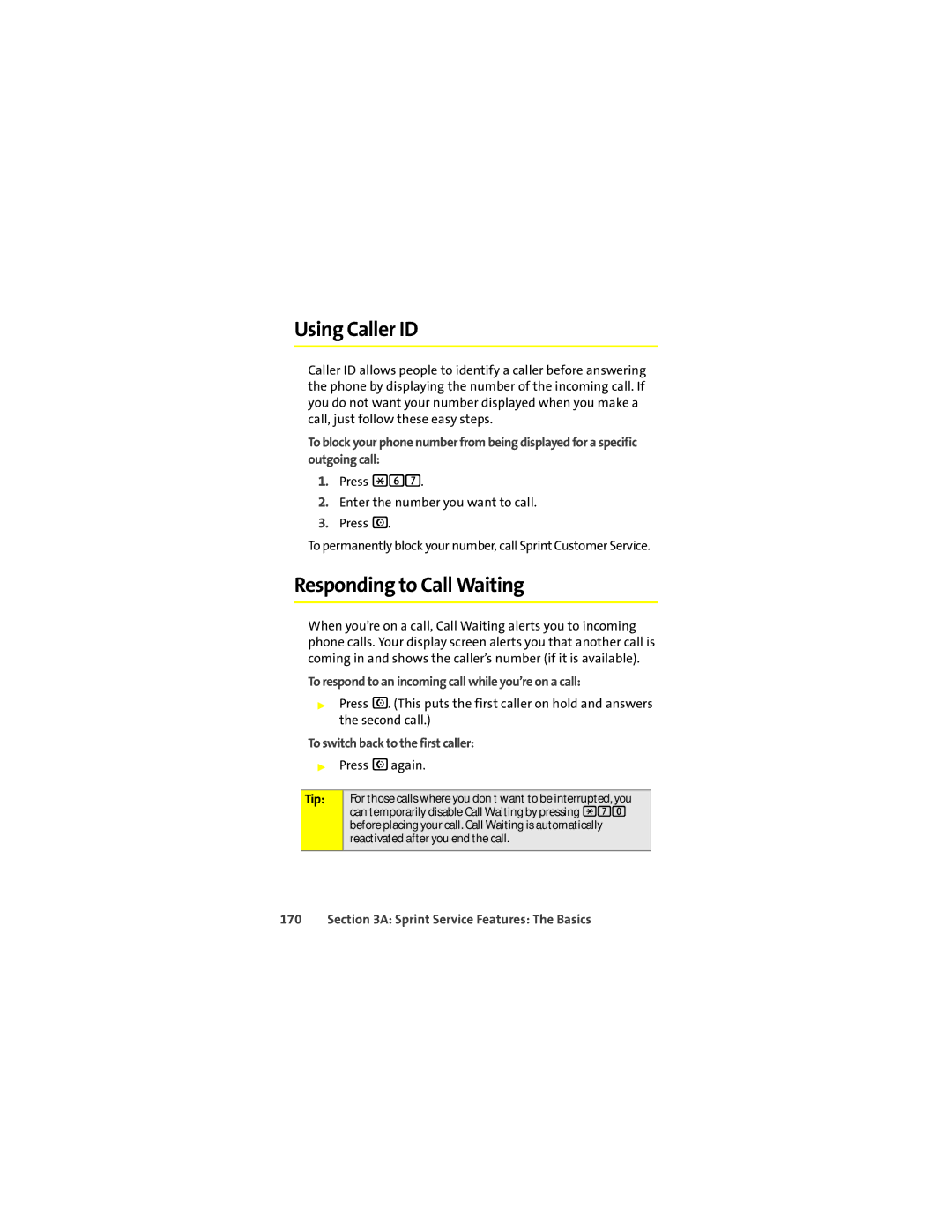K1m specifications
The Motorola K1m, a member of the popular RAZR family, emerged as a stylish flip phone that captured attention in the mid-2000s. Noted for its sleek design, the K1m offered a blend of functionality and aesthetics that appealed to a wide range of users. One of its most striking features was its ultra-thin profile, measuring just 0.5 inches in thickness, distinguishing it in an era where bulkiness was more common.At the core of the K1m's appeal was its vibrant 2.2-inch display, offering a resolution of 176 x 220 pixels. This screen showcased not only the phone's user interface but also vibrant images and videos, enhancing the overall multimedia experience. The external display, although smaller, provided essential information such as incoming calls, battery life, and signal strength without needing to open the phone.
The K1m was equipped with a 1.3-megapixel camera, allowing users to capture moments on the go. While the camera did not boast advanced features compared to modern standards, it was adequate for casual photography, supporting basic photo editing features and the ability to record video. The phone also supported video playback, making it a convenient device for media consumption, albeit with limited storage capacity.
Connectivity was another crucial aspect of the Motorola K1m. It operated on CDMA technology, providing reliable network performance. The device supported various messaging options, including SMS and MMS, allowing users to stay connected with ease. Bluetooth technology also added to its convenience, enabling hands-free communication and the transfer of files between devices.
One of the K1m’s standout characteristics was its battery life. With a talk time of up to 4 hours and a standby time of roughly 10 days, the K1m was designed to handle long periods of usage without frequent recharging. This made it particularly appealing to users who were frequently on the move.
In addition to its technical specifications, the Motorola K1m featured a robust keypad, enhancing the overall user experience. The keys were well-spaced and easy to press, making typing messages and navigating the interface smooth and efficient.
In conclusion, the Motorola K1m exemplified the blend of style and function. With its sleek design, multimedia capabilities, and long battery life, it carved out a niche in the competitive mobile phone market of its time. While modern smartphones have since overshadowed its capabilities, the K1m remains a nostalgic representation of early mobile technology.

